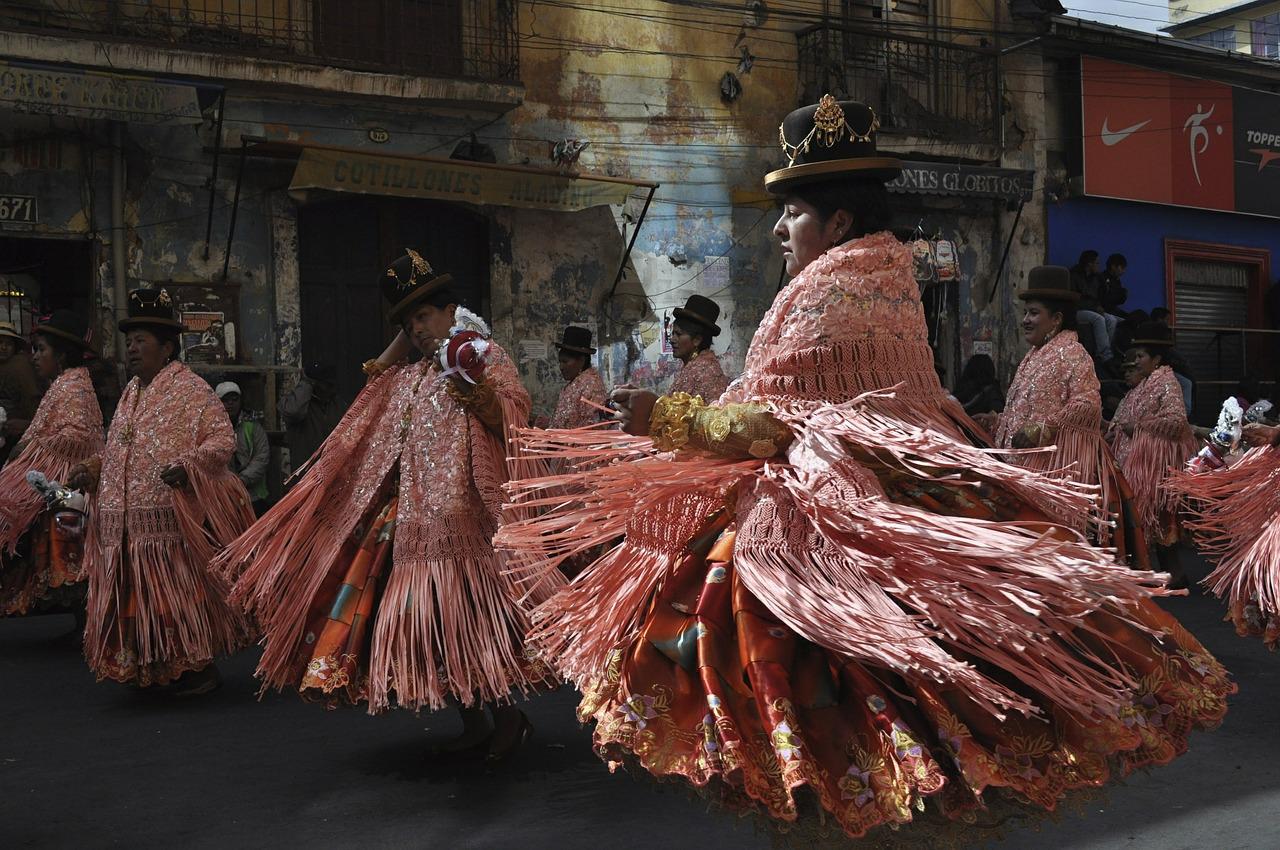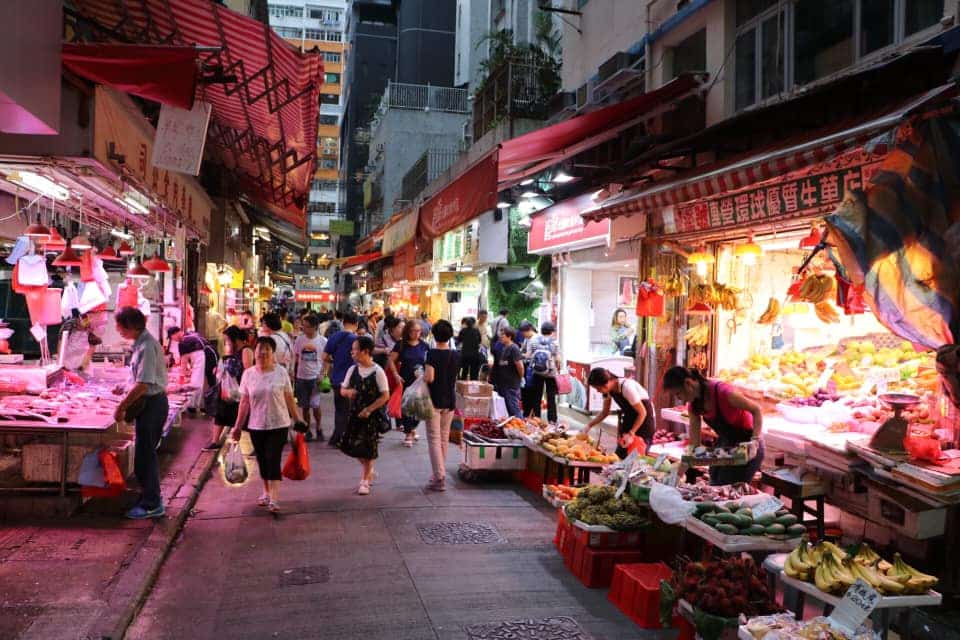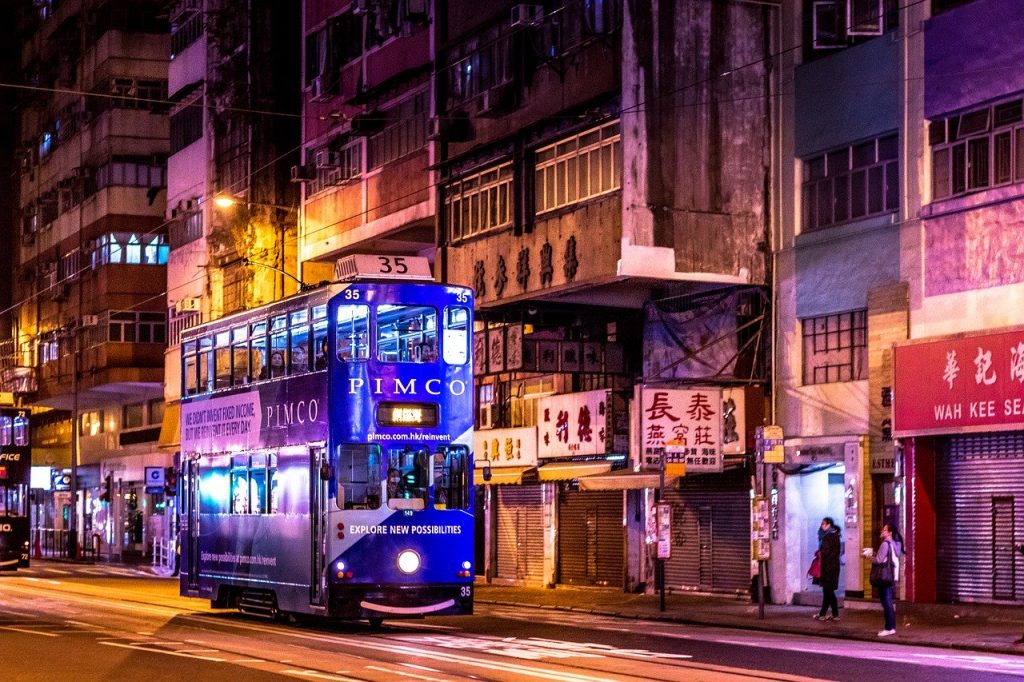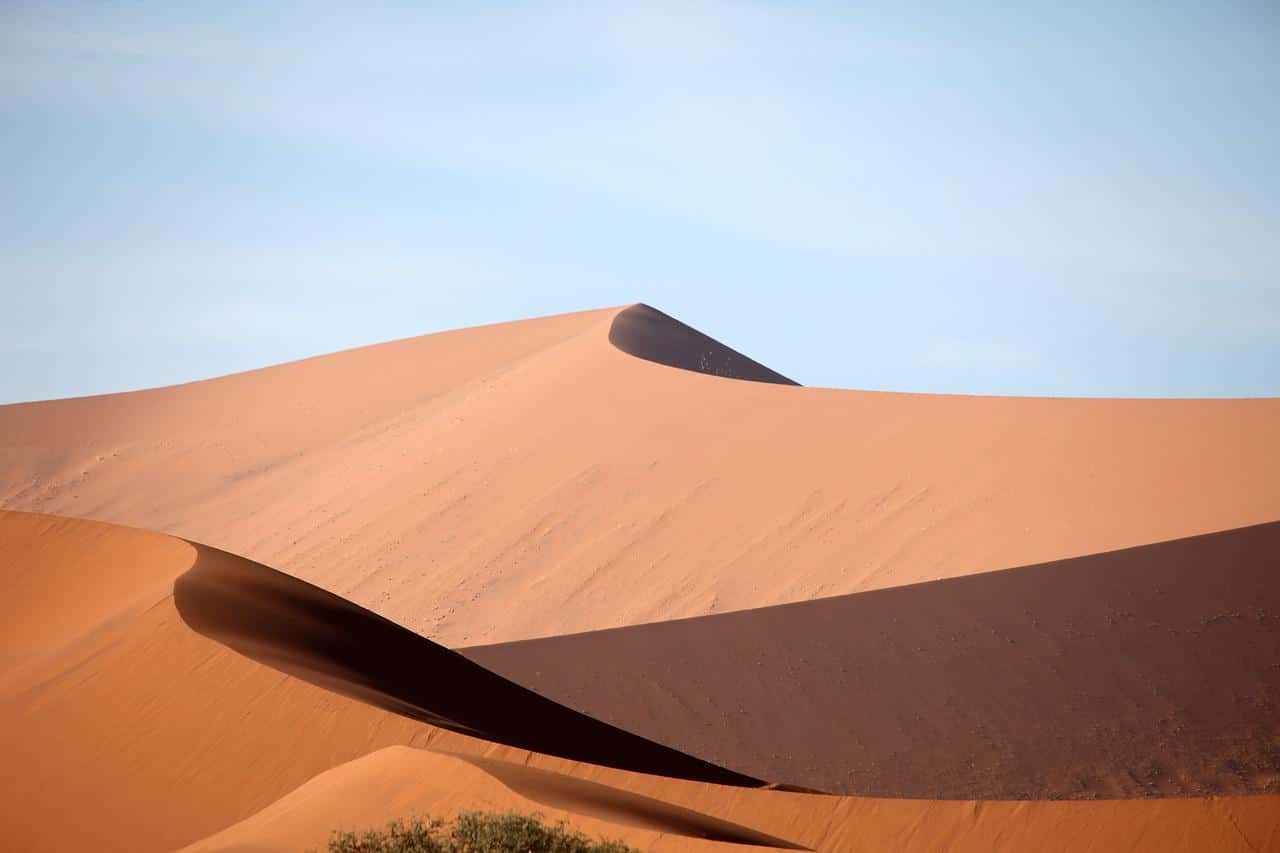Highlights Of Bolivia
I love reading about South America…. aside from the two poles I always feel this is the continent that has always seemed the most inaccessible and perhaps the one that as a kid I wondered if I would ever visit. Of course today it’s perfectly accessible so what are we waiting for? The countries that make up the continent are all so different yet each one has an appeal to me for a variety of reasons. One of those countries where I will hold my hands up and admit to knowing very little is Bolivia.
With my wildlife hat on I do know that it is home to some rare pink dolphins along a small stretch of the Amazon. I also know that its football team has an advantage when playing at home as their stadium in La Paz is considered to be the one with the highest altitude in the world thus making visiting teams struggle to accustom themselves to the conditions. More on that to come in another blog!
So with that pretty limited knowledge over to Caroline Joyner from the Travel Counsellors who shares her experiences of this incredible country.
Flavours of South America
If you are searching for the real South America, it doesn’t get better than the highlights of Bolivia. As the continent’s most indigenous country, Bolivian street life explodes with South American flavour; an indigenous culture which is alive and well, ancient relics, well-preserved colonial cities and modern Latino vibes.
A country of pure superlatives, its contrasting scenery provides a feast for the adventurous traveller. Snow-covered Andean peaks, coloured salt lakes, lush cloud forests and the steamy Amazon can all be a base for wildlife spotting, culture vultures or adrenaline junkies.
Salar de Uyuni
One of the highlights of Bolivia is to take a 3-day, 4-wheel drive tour through this breathtaking, other-worldly landscape from Uyuni. The Salar de Uyuni is the world’s highest and largest salt flat, but as well as miles of flats and various buildings made out of salt, you will also see volcanic lakes dotted with pink flamingos, geysers, hot springs, a train cemetery, and an island full of Cacti – this is no normal trip!
A 2-3 day trip here is a must-do for your Bolivian itinerary. Food and accommodation is usually included, but be warned that accommodation on a standard tour is in basic stone lodges and temperatures can get below zero at night during the winter months (June-September) so warm clothes are a must!
La Paz
With a location as jaw-dropping as Rio and culture arguably richer than most Latino cities, Bolivia’s de facto capital is the beating heart of the Andean nations. Spend time wandering through the cobbled alleys, up and down the hilly streets wondering at the beautiful colonial buildings and churches while all the time watching the local life unfold.
Take a ride on the world’s highest and longest urban cable car, “Mi Teleferico”. The views from the cable car platform in El Alto are nothing short of spectacular. The sprawling city of La Paz climbs the sides of a giant natural bowl and the snow-capped peak of Mount Illimani looms on the horizon.
Death Road Cycle Ride
For the far more adventurous how about careering down Bolivia’s infamous “Camino del la Muerte” on a mountain bike taking in the stunning views along the way (just don’t look down!). The trip starts in La Paz where riders are driven an hour to the La Cumbre high pass at 4800m.
From there it’s a 4-5 hour cycle down to Yolosa at 1100m. From Yolosa you can either head back to La Paz or hop on a bus to Coroico – see below. Recommended tours are with Gravity Bolivia.
Lake Titicaca
The jewel in Bolivia’s crown and another must-see. Backed by snowcapped peaks and home to ancient Incan islands, the highest navigable body of water in the world simply glitters. Take a boat from Copacabana (which later gave its name to Rio’s more famous version) to ancient Isla del Sol, and take a hike around its Mediterranean landscape and Incan ruins.
If you have the time, do as the crowds don’t do and spend a night here. The birthplace of the sun does not disappoint.
Corioca
Bolivia’s centre of ‘chillaxing’ is a mere 2 hours from La Paz by minibus. Soak up the heat, swim in your hostel pool and take in the beautiful views. If you’re feeling a little more active you can hike to waterfalls and natural pools or fly over the tree tops of the tropical forest www.ziplinebolivia.com.
For animal lovers, La Senda Verde Animal Sanctuary is a must.
Rurrenabaque
Known as “Rurre”, and located in northern Bolivia’s steamy Amazon basin, this is Bolivia’s slice of the jungle for travellers. The bus ride from La Paz is long, bumpy and hair-raising (18-20 hours) making flying a far more attractive option (45 minutes from La Paz on Latam or Amazonas.
This tiny town is crammed with hostels, tour agencies and western cafes. Jump on a boat to a multi-day jungle adventure, or simply sway in your hammock soaking up the atmosphere.
Sucre
The constitutional capital is without a doubt one of the highlights of Bolivia and probably its most beautiful city. A UNESCO World Heritage site, whitewashed buildings and colonial squares abound. An overnight 12-14 hour bus journey on a near decent road makes Sucre a popular stop for backpackers as does its pleasant year-round climate and easy-to-breathe air.
Potosi
One of the world’s highest cities at 4090m above sea level, Potosi was once the wealthiest city in the Americas and the seat of the Spanish mint. It’s Cerro Rico or “Rich Hill” was the site of the infamous silver mines, the horrendous conditions of which can still be experienced today.
On a more cheery note, the city has fabulous churches and colonial architecture which are worth the 10-hour bus journey or short flight from La Paz.
Getting Around
Air
Bolivia is a massive country and road journeys between some of the sights are long. Domestic flights can save you long, bumpy journeys. Regular flights operate between Bolivia’s major cities.
Private Car
A private car and driver for shorter journeys is recommended and can be arranged by your travel agent.
Bus
If you are an independent traveller then Bolivian buses will provide you with an adventure and a huge insight into Bolivian life. There is a huge choice of bus companies. Overnight journeys can be done on the more luxurious “full cama” buses and shorter journeys either by coach-style buses or minibuses.
Recommended companies include El Dorado, Flota Boliviar, Trans Copacabana, Todo Turismo and Trans Touristico Omar. All these companies go between the major cities and you will find their booths in bus stations.
Examples of journeys:
La Paz to Sucre: 100 Bs for 10 hours, semi-cama seat
Sucre to Potosi: 15 Bs for 3 hours, normal seat
Potosi to Tarija: 80 Bs for 10 hours, semi-cama seat
Tarija to Tupiza: 80 Bs for 7 hours, semi-cama seat
Potosi to Cochabamba: 60 Bs for 7 hours, semi-cama seat
Cochabamba to La Paz: 70 Bs for 9 hours, semi-cama seat
La Paz to Lake Titicaca: 40 Bs for 3/4 hours, normal seat
Bus companies vary greatly between routes and companies and even within companies sometimes, so it’s best to talk to other travellers at the time. For longer journeys always buy your tickets at the bus station where you can check out all the companies running the route you want and compare. A good general rule is to go for the most luxurious option available since this will be cheap in Bolivia and likely to get you the most comfortable ride!
Bus Stations
The Terminal de Buses (Plaza Antofagasta) is a 5-minute taxi ride from downtown/ Sagarnaga which should cost around 5-10bs. Interestingly this stand-out art deco building was designed by French architect Gustave Eiffel! This station serves many of the main inter-city and international routes (such as most routes into Peru and Argentina). Don’t forget to pay the little-advertised “Bus station tax” of 3bs. This must be paid before boarding your bus at the ticket booth in the centre of the bus station – keep your tax ticket to show as you board the bus.
The Cemetery bus terminal (Terminal Cemetario) is further to the west of the city (no more than 15 bs in a taxi from downtown) and serves shorter routes to Copacabana, Tiwanaku and Sorata.
The Villa Fatima bus terminal is about 1km uphill from Plaza Gualberto Villarroel (around 15-20bs in a taxi from downtown) and serves the Yungas/Amazon region with mainly minibuses (micros).
When To Go
Bolivia has just about every climatic zone – high altitude destinations can get down to arctic temperatures, whilst the Amazon basin can be stiflingly hot.
November to April are the rainier months leaving wintertime (May to September) as the most desirable months to travel. During this time you generally find blue skies and sunshine at high altitudes, with cold nights, and hot weather at lower levels.
Contact Information
With thanks to Caroline Joyner from the Travel Counsellors for this blog. If you are interested in a holiday to Bolivia or any part of South America please get in touch with her on the details below.
T: 07801 591350
E: caroline.joyner@travelcounsellors.com



















